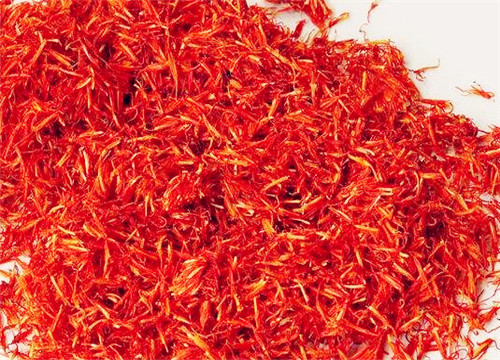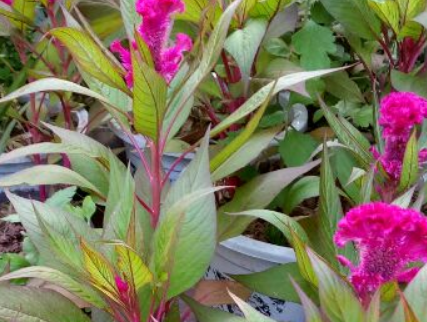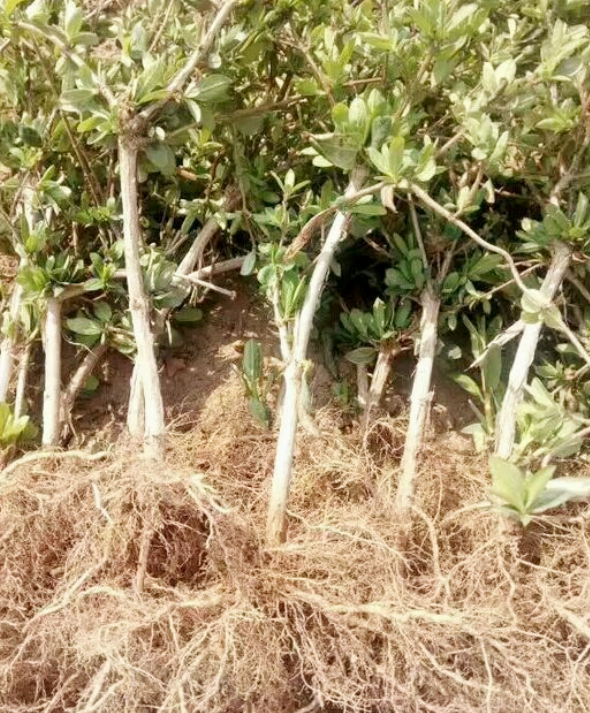Introduction to the planting methods and matters needing attention of "traditional Chinese medicine" safflower!
Safflower is no stranger to many people who like to watch palace drama. It is a commonly used traditional Chinese medicine. It is an annual herb. It is also called grass safflower. It has the effect of activating blood circulation to remove blood stasis, reducing swelling and relieving pain. It is cultivated all over China. The economic benefits are remarkable. Then Xiaobian will introduce the planting methods and precautions of safflower to you:

1. Cultivation method of safflower
1. Land selection and preparation
Safflower is not very high for soil conditions, generally dry, fertile and even barren soil can survive, but in planting should pay attention not to choose wet, stagnant low-lying places, for its growth is unfavorable, dry land or wasteland planting safflower best, in addition before planting safflower crops are soybean, wax gourd and taro, etc., until the previous crop harvest will be fine tillage, so that the soil becomes more loose, drainage better, In addition, 1000 kg of decomposed farm manure can be applied to each mu of land when ploughing, and then 15 kg of calcium superphosphate can be added.
2. Sowing
Sowing time of safflower is uncertain. Sowing time can be selected according to different regional climates. In general, sowing time of safflower in Jiangsu and Zhejiang provinces is winter sowing, sowing time in Shandong is autumn sowing, and sowing time in cold areas in Northeast China is spring sowing. In addition, high and low beds should be made according to the height of terrain. Generally, two rows can be made for each bed. Sowing method can be used for drilling or sowing. Sowing quantity is 6-7 seeds according to a certain plant spacing. Then after covering soil and watering about 14 days, seedlings can emerge, and the seed amount is 1.5-2.5 kg per mu.
3. Field management
After sowing, when the seedlings grow to about 6-7cm, they should be thinned out. Before thinning out, the weak seedlings should be removed first, and the strong seedlings should be left. Generally, about 2-3 seedlings should be left in each hole. If there is a lack of seedlings, they should be supplemented in time. When the seedlings grow to 4-5 leaves, apply a thin human excrement and urine fertilizer. In the later stage, in order to avoid seedling lodging, apply fertilizer from the root side first. The second fertilization time is before and after hibernation. The fertilizer amount per mu is 500-600 kg.
4. Diseases and pests
During the planting period, safflower may suffer from various diseases and insect pests. In order to avoid affecting the growth and even death of safflower, it is necessary to prevent and control diseases and insect pests in advance. Generally, common diseases and insect pests mainly include root rot, rust, cutworm, cricket, etc., which can be controlled by spraying chemicals according to the species.
II. Precautions for planting safflower
1. Safflower was originally produced in tropical areas and likes to survive in warm environments. Although safflower has strong adaptability to temperature, the most suitable growth temperature for safflower is between 20-25℃. Although safflower varieties have different low temperature tolerance, it should be noted that the general temperature cannot be lower than 10 ℃, otherwise it will cause poor bud growth and affect the results.
2. Safflower is suitable for growing in an environment with sufficient light, especially in the mature period, giving it enough light can make it grow better, and the seeds will be more full and plump. Therefore, it is best not to plant in a hidden environment, otherwise it will cause its buds to develop poorly or even die.
3. If you want to improve the yield of safflower, you should pay attention to weeding, watering, drainage and pruning and picking. Generally, weeding should be done three times. The weeding time is the same as the fertilization time. When the safflower has less water, you should water it in order to maintain its normal growth. However, if the rainfall is large in rainy season, you should pay attention to draining the water in the field in time to prevent water from rotting roots. When the safflower grows to about 30cm, in order to make it grow new branches to improve the flowering probability, You need to remove some of the branches of the heart.
4. During the development of safflower, attention should be paid to at least three topdressing times, each time the dosage should not exceed 500 kg, among which the first topdressing time is 7 days after the safflower seedling breaks ground, the second topdressing time is when the safflower seedling grows to about 30cm, and the third topdressing time is about to enter the flowering period. The topdressing fertilizer can be a compound fertilizer mixed with potassium fertilizer, phosphorus fertilizer, zinc fertilizer and boron fertilizer.
Summary: The above is about safflower planting methods and precautions related to the introduction, I hope to have a friend in need of help!
Time: 2019-03-13 Click:
- Prev

How to raise cockscomb?
Cockscomb flower is also called chicken male flower, chicken bun flower, etc., a kind of flower whose shape is similar to chicken crown and is famous for its red, purple, yellow and other colors. It is often seen in gardens and flower beds in daily life, and has a very good embellishment effect on the living environment. So how to raise cockscomb flowers? How to raise cockscomb?
- Next

How much is a honeysuckle seedling? What are the planting prospects, costs and profits?
Honeysuckle gets its name because it blossoms white at first and turns to yellow after 1-2 days, and because it has two flowers on one stem, it is also called mandarin duck vine. It is a traditional Chinese medicine in China and has high medicinal value. In many places, the cultivation of traditional Chinese medicine is one of the projects to get rich.
Related
- Fuxing push coffee new agricultural production and marketing class: lack of small-scale processing plants
- Jujube rice field leisure farm deep ploughing Yilan for five years to create a space for organic food and play
- Nongyu Farm-A trial of organic papaya for brave women with advanced technology
- Four points for attention in the prevention and control of diseases and insect pests of edible fungi
- How to add nutrient solution to Edible Fungi
- Is there any good way to control edible fungus mites?
- Open Inoculation Technology of Edible Fungi
- Is there any clever way to use fertilizer for edible fungus in winter?
- What agents are used to kill the pathogens of edible fungi in the mushroom shed?
- Rapid drying of Edible Fungi

